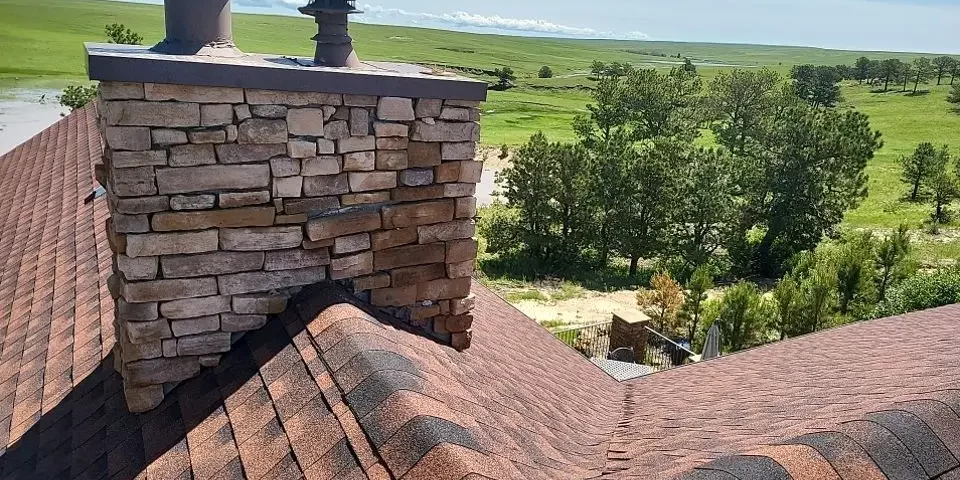Essential Steps to Prepare Your Home’s Roof for Wildfire Season
Wildfire season poses a significant threat to homeowners, particularly to the integrity of their roofs. Ensuring your roof is well-prepared can drastically reduce the risk of fire damage and enhance your home’s overall safety. This comprehensive guide outlines crucial measures to protect your roof from wildfires, providing detailed steps and expert advice to fortify your home effectively.
Understanding Wildfire Risks to Your Roof
Wildfires can cause extensive damage to homes, with roofs being especially vulnerable. Embers can travel long distances, landing on roofs and igniting combustible materials. Understanding these risks is the first step in taking proactive measures to safeguard your property.
Key Threats to Roofing During Wildfire Season
- Embers: Tiny, burning fragments that can ignite roofing materials.
- Heat Buildup: Can weaken structural integrity, leading to potential ignition.
- Inadequate Ventilation: Can cause heat accumulation, increasing fire risk.
Comprehensive Roof Preparation Strategies
To protect your home effectively, a multi-faceted approach is necessary. These strategies focus on enhancing fire resistance, ensuring proper ventilation, and maintaining overall roof health.
Retrofitting with Fire-Resistant Materials
Fire-resistant coatings and foams can be applied to existing roofing materials to add an extra layer of protection. These treatments are designed to withstand high temperatures and prevent the spread of flames.
Using non-combustible roofing materials such as metal, clay, or concrete tiles can significantly reduce fire risk. These materials do not ignite easily and can endure intense heat.
Ensuring Adequate Ventilation
Proper ventilation in attic spaces is crucial. It prevents heat buildup that can weaken the roof and lead to ignition. Ensure that soffit and fascia boards are well-maintained as they play a vital role in ventilating the attic and protecting the roof’s edges.
Regular Inspections and Maintenance
Conducting regular inspections by a professional roofing contractor can help identify and address potential weak spots. Look for signs of damage or deterioration, such as cracked or missing shingles, and ensure all roof penetrations are properly sealed to prevent ember intrusion.
Enhancing Ember Resistance
Embers pose a significant threat as they can easily ignite roofs. Implementing ember-resistant features can mitigate this risk.
Spark-Resistant Vents
Installing spark-resistant vents can prevent embers from entering attic spaces. These vents are designed to block embers while allowing air to flow, maintaining proper ventilation.
Fire-Resistant Eaves and Overhangs
Using fire-resistant materials for eaves and overhangs, such as metal or cementitious siding, minimizes the chances of embers igniting these areas. Additionally, ember-resistant skylights equipped with tempered glass and ember screens provide enhanced protection.
Real-Life Case Studies
Homes equipped with these ember-resistant features have demonstrated greater resilience in wildfire conditions. For instance, properties in high-risk areas that utilized these measures have successfully withstood ember attacks while neighboring homes suffered significant damage.
Advanced Protective Measures
For homeowners seeking to further enhance their roof’s fire resistance, advanced measures offer additional protection.
Fire-Resistant Underlays
Installing fire-resistant underlays beneath roofing materials provides a secondary barrier against ember penetration. These underlays are designed to resist flames and prevent embers from reaching the underlying structure.
Roof Sprinkler Systems
Roof sprinkler systems actively suppress fires by spraying water or fire retardant onto the roof surface. These systems can be triggered automatically by heat sensors or manually controlled, providing immediate response to potential fire threats.
Partnering with Professional Roofing Contractors
Professional roofing contractors like GCCS Roofing, Inc. in Littleton, CO, can provide expert guidance and thorough assessments to enhance your roof’s fire resistance. A professional inspection ensures no vulnerabilities are overlooked, and maintenance is carried out to the highest standards.
Key Areas Assessed During Inspections
- Shingle Condition: Checking for damage or missing shingles that can allow ember entry.
- Seals Around Penetrations: Ensuring proper seals around vents, chimneys, and other roof penetrations to prevent ember intrusion.
- Signs of Deterioration: Identifying aging signs such as cracking or warping that may compromise fire resistance.
Conclusion
Protecting your home’s roof from wildfires requires a proactive and comprehensive approach. By implementing fire-resistant materials, ensuring proper ventilation, conducting regular inspections, and considering advanced protective measures, homeowners can significantly enhance their roof’s ability to withstand wildfires. Taking these steps not only safeguards your property but also provides peace of mind during wildfire season.







